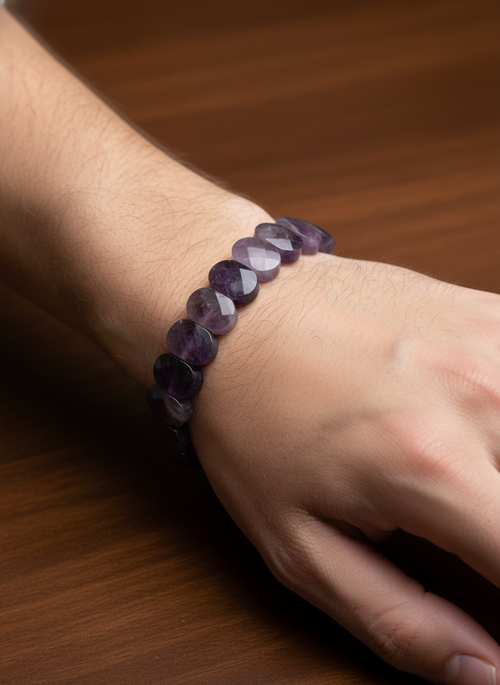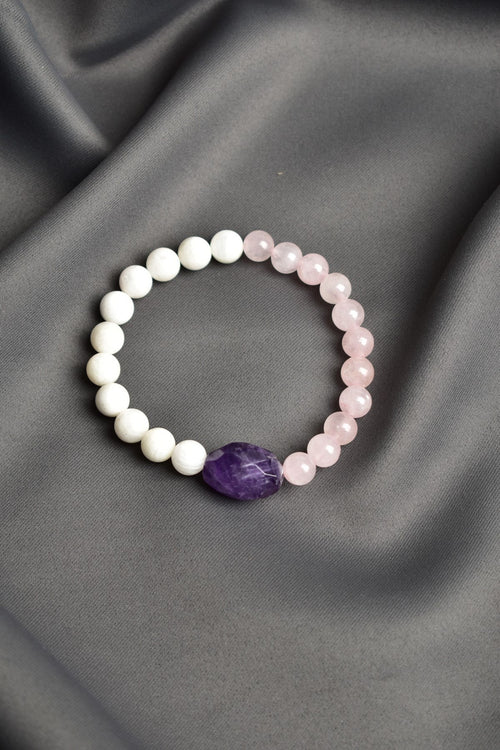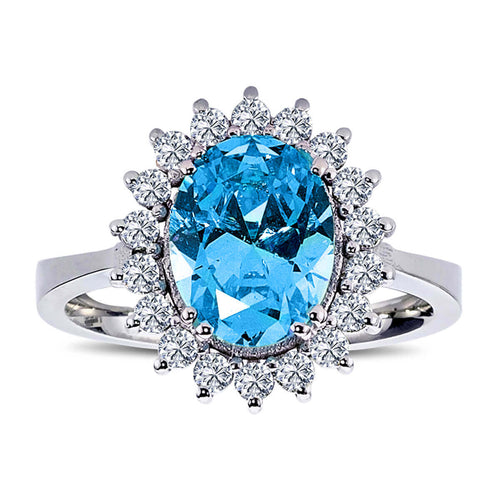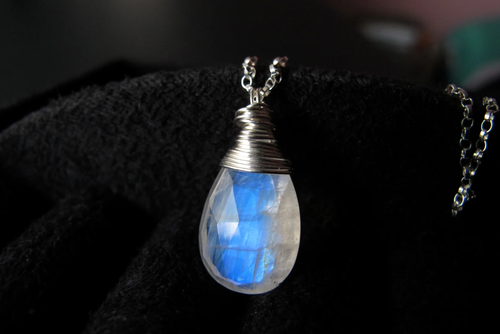ALL PRODUCTS IGSL INTERNATIONAL CERTIFIED
Andalusite is a natural stone that takes its name from the Andalusia region of Spain where it was first found and is known for its pleochroism (color changing) property. This stone is known as a very valuable and interesting stone in the jewelry world with its ability to change color when viewed from different angles. This article will provide detailed information about the properties of Andalusite stone, the regions where it is extracted, its geological formation and areas of use.
1. Definition and Properties of Andalusite Stone
Andalusite is a mineral with the chemical formula aluminum nesosilicate (Al₂SiO₅). It ranks 7.5 on the Mohs hardness scale, making it a durable gemstone for jewelry making. The most striking property of andalusite is its ability to display different colors when viewed from different angles, called pleochroism.
- Color Variations: Andalusite is commonly found in shades of green, brown, yellow, reddish brown, and orange. More than one color can appear within the stone, making it unique. The most common color combinations are brown-green, yellow-red, and orange-green.
- Crystal System: Andalusite has an orthorhombic crystal system. It is usually found as prismatic crystals or coarse grains.
- Pleochroism: Andalusite exhibits the property of pleochroism, meaning it displays different colors when viewed from different angles. This property is caused by the refraction of light within the stone into different colors at different angles.
2. Geological Formation of Andalusite Stone and Regions Where It Is Extracted
Andalusite is formed in metamorphic rocks under conditions of high temperature and low pressure. It is usually found in pelitic schists and gneisses. The main countries where andalusite is mined are:
- Spain: Spain is the country where Andalusite takes its name and was first found. The stones extracted here are generally of high quality and are used especially in jewelry making.
- Brazil: Brazil is a major producer of Andalusite worldwide. The stones mined here are generally brown and green in color and are known for their pleochroism properties.
- Sri Lanka: Sri Lanka is another important region where Andalusite stones of various colors are mined. The stones found here, especially in green and yellow tones, are preferred in jewelry making.
- Russia: Russia has rich deposits of Andalusite, especially in the Ural Mountains, where the stones are known for their durability and aesthetic properties.
- United States: The United States has deposits of Andalusite, especially in the states of California and Virginia. The stones mined in these areas are used in jewelry and industrial applications.
3. Areas of Use of Andalusite Stone
Andalusite is used in various areas thanks to its unique pleochroism and durability. Here are the common areas of use of Andalusite stone:
- Jewelry: Andalusite is a popular gemstone used in jewelry making. It is often elegantly featured in rings, necklaces, bracelets and earrings. The stone's pleochroism creates different shades of color in jewelry, making it unique.
- Decoration: Andalusite stone is widely used in decorative arts and interior design. It is especially preferred in decorative objects such as carvings, sculptures and tabletop decorations.
- Industrial Use: Andalusite is used in refractory materials and ceramic production due to its resistance to high temperatures. It is also preferred in the production of fire-resistant bricks in foundries and furnaces.
- Collection: Rare and high quality Andalusite stones attract great attention from collectors. They are exhibited in private collections and museums.
4. Care and Cleaning of Andalusite Stone
Although Andalusite stone has a durable structure, it is a stone that needs to be cared for carefully. Here are some tips on caring for Andalusite stone:
- Cleaning: To clean Andalusite, use warm water and a mild soap. When cleaning the stone, use a soft cloth or brush to gently clean it. Avoid chemical cleaners as they can damage the surface of the stone.
- Storage: Store Andalusite separately from other stones to protect it from scratches. Wrapping the stone in a soft cloth can help protect the surface of the stone.
- Protection: When used as jewelry, Andalusite should be protected from impacts and excessive pressure. Avoid hitting hard surfaces.
Conclusion
Andalusite has an important place in the jewelry world with its pleochroism, brightness and durability. Andalusite stones, mined in countries such as Spain, Brazil, Sri Lanka, Russia and the USA, attract great attention especially in aesthetic and elegant jewelry. Andalusite stone attracts attention with its unique structure and color, and is a valuable stone that requires careful care.



























